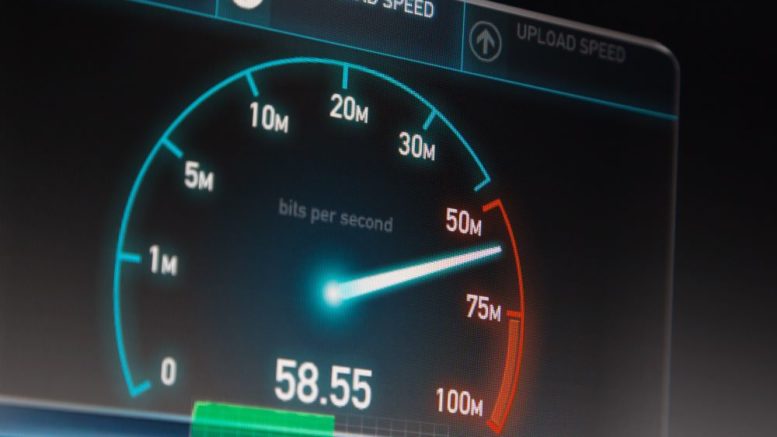It’s 2022 and of course you never want to be without internet. I don’t really have to even say that. I don’t need to tell you that “getting away from it all” doesn’t mean being disconnected. But, as people look forward to another year of RVing, they often forget that simple fact. And so, they set out without knowing that they’ll get good internet service wherever they roam.
Why bad internet happens in your RV
Bad internet service happens in your RV for the same reason it happens at home: it happens on purpose. That’s right. Your RV, even if it’s brand new, is more or less designed to repel cell signals. The fiberglass walls aren’t the problem. It’s the sheer amount of wiring in them. Add to that varnished hardwoods and you can have a real problem. Folks in the cab might not notice because they are surrounded by windows. But, take a step back into the rear of the RV and you may find that your data speeds drop like a stone.
Yet, the back of the RV is where you really need those high speeds. It doesn’t take much data to keep your GPS app or streaming music app going, but the folks in the back are going to rely on those phones to stay entertained. They’re not going to want to just stare out the window at the highway.
Is satellite-based internet a good option?
If you read this blog a lot, you’ve noticed we talk about satellite solutions, quite a bit. RVers can put a satellite dome on their roofs and get live TV just like they have at home. It’s a great solution to a real problem. Over-the-air antennas don’t work if you’re going faster than about 15 miles an hour, so if you want to watch live TV your only options are streaming or satellite. And, as I just said, streaming in the back of the RV can be a challenge.
So what about satellite internet? Rural areas depend on it. It’s a luxury item that more and more marine users are choosing. But is it right for RVs?
Sorry but…
Your RV probably isn’t the right choice for a satellite-based internet system. There are two reasons. First, the speeds are lower than you will get from cellular. Second, the satellite antennas themselves are a bit too large for RVs. RVs tend to use 30cm satellite dishes, while the smallest antenna for satellite internet is 45cm. You might be able to get away with that depending on the size and configuration of the RV, but it’s going to be a stretch.
Choosing a better option
If you have an RV and you struggle with bad cell service in the back, there’s a better option. Mobile cellular boosters are here and they work. Choosing an option like the Drive Reach RV from weBoost will help you solve the problem of bad signal in the back. Starting with an antenna that pulls in signals better than your phone, the Drive Reach RV pumps that signal into the RV and amplifies it by over 100,000 times. This means faster download speeds, clearer voice calls, and less chance of network congestion.
A cell phone signal booster like the Drive Reach RV is a low-cost addition to your RV experience. It can be installed easily yourself or can be added by your favorite professional. One booster covers all the devices in your RV and will outlast all the cellular devices you have now. It’s a perfect choice for solving internet problems.
Get what you need from Solid Signal
You’ll find everything you need for life on the road when you shop at Solid Signal. We’re the nationwide leader in RV technology! Need more help than you can get by shopping online? Call the experts! We have professionals ready to help during East Coast business hours. It all starts with a call to 888-233-7563!





